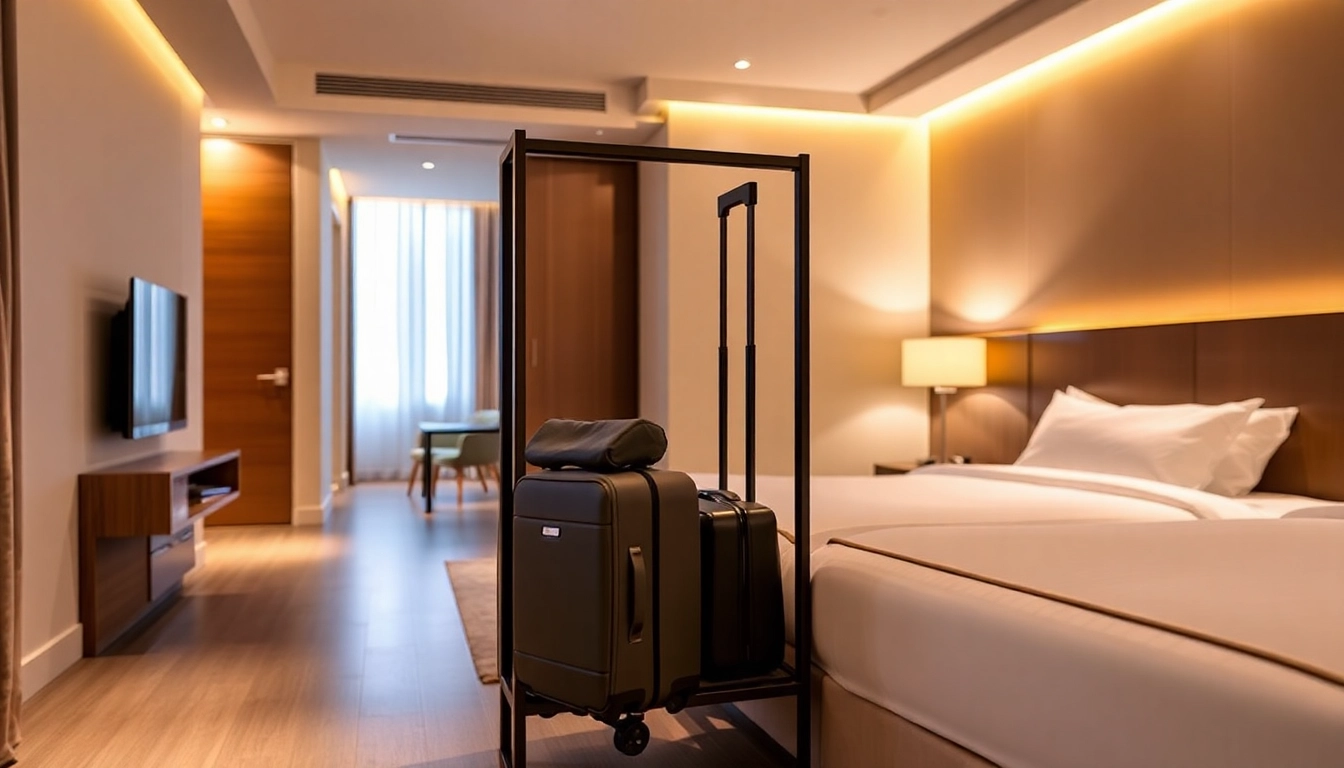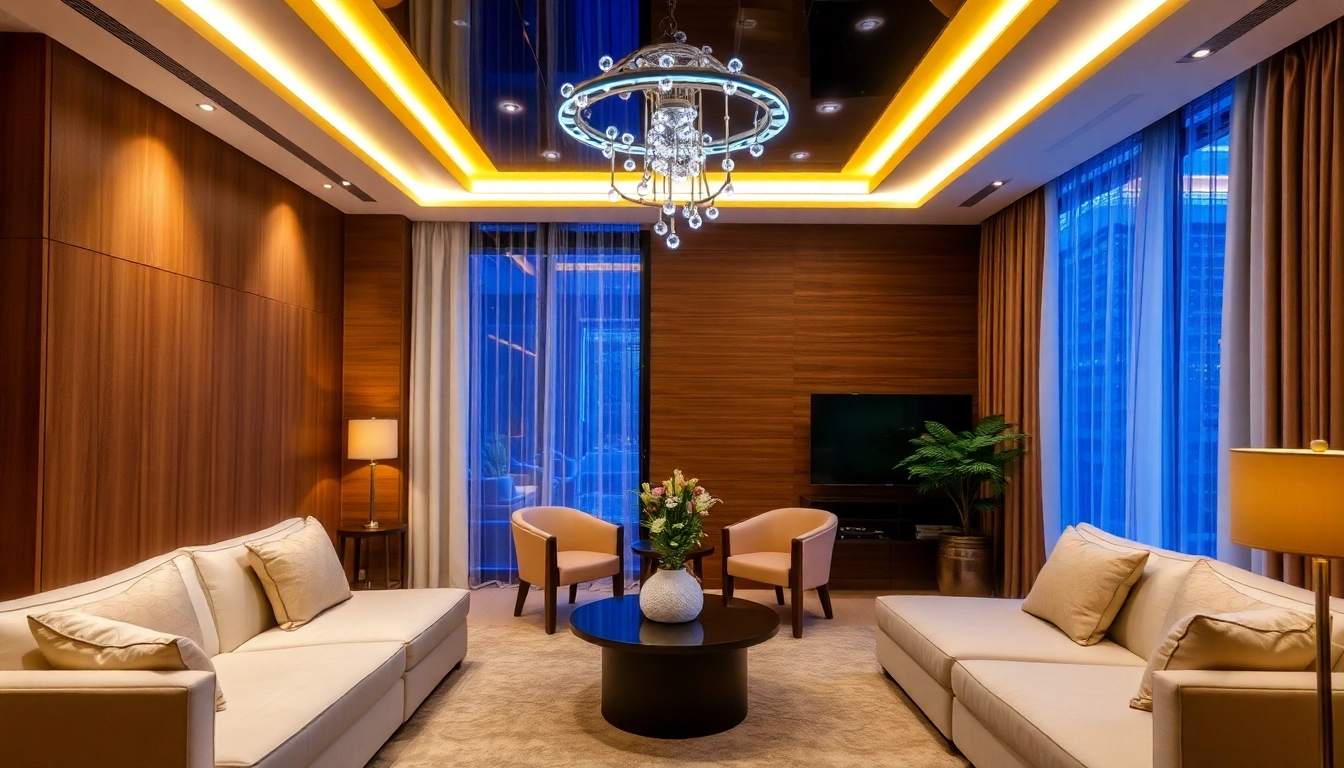Understanding Hotel Luggage Racks
What Are Hotel Luggage Racks?
Hotel luggage racks, also known as suitcase stands, are essential furniture pieces found in guest accommodations. These racks provide a convenient, elevated surface for guests to place their suitcases, ensuring easy access to their belongings while keeping the room tidy. Generally constructed from durable materials like wood, metal, or a combination of both, these racks are designed to cater to the needs of travelers who seek convenience and comfort during their stay. The concept of using luggage racks first gained popularity in hotels to optimize room space and enhance the overall guest experience.
Different Types of Luggage Racks
When considering Hotel Luggage Racks, understanding the various types is crucial for making an informed choice. Here we delve into the most common types:
- Folding Luggage Racks: These are the most common type found in hotels. They can be easily folded and stored when not in use, making them incredibly space-efficient.
- Fixed Luggage Racks: Installed permanently in designated spaces, fixed racks provide a more robust structure and are usually made of metal or wood.
- Two-Tier Luggage Racks: Designed to accommodate more than one suitcase, these racks feature two levels, allowing guests to organize their belongings effectively.
- Multi-Functional Racks: Some modern luggage racks come with additional features such as built-in shelving or hooks for bags, enhancing usability.
Key Benefits of Using Hotel Luggage Racks
The inclusion of luggage racks in hotel rooms comes with several benefits that cater to both guests and hotel management:
- Enhanced Guest Experience: Providing a dedicated space for luggage enhances convenience for guests, allowing them to unpack and organize their items efficiently.
- Space Optimization: By lifting luggage off the floor, racks help maintain a clutter-free environment, making rooms appear larger and more inviting.
- Improved Cleanliness: Elevated luggage reduces the risk of dirt and debris being transferred from bags to floors, promoting better hygiene.
- Durability and Longevity: Quality luggage racks are built to withstand the wear and tear of frequent use, offering lasting value to hotels.
Choosing the Right Hotel Luggage Rack
Factors to Consider for Material and Design
Selecting an appropriate luggage rack requires careful consideration of materials and design. Common materials include:
- Wood: Offers a classic look and feels warm and inviting. Solid wood racks can provide excellent durability when constructed properly.
- Metal: Typically more modern in appearance, metal racks are often lightweight yet stable, perfect for high-traffic hotels.
- Composite Materials: A blend of different materials can combine aesthetics with durability, potentially reducing costs.
Design elements, such as color and finish, should complement the hotel’s overall aesthetic, ensuring the luggage racks enhance the room’s ambiance.
Capacity and Stability of Luggage Racks
When choosing a luggage rack, it’s essential to assess its weight capacity and stability. Most racks can support between 75 to 150 pounds, but it’s crucial to select racks that cater to your average guest’s luggage weight. Stability is also paramount; a well-constructed rack should not wobble or tip over when weight is applied. High-quality racks often feature reinforced frames and non-slip grips to ensure safety and mitigate guest grievances.
Cost Considerations and Budgeting
Budgeting for hotel luggage racks should take into account not just the initial purchase price but also the long-term value of the investment. High-quality racks might require a higher upfront cost but can save money over time by reducing the need for replacements. Establish a budget by exploring the range of options available from various suppliers—factors such as bulk purchase discounts should also be considered during this process.
Installation and Placement of Hotel Luggage Racks
Best Practices for Rack Placement
Effective placement of luggage racks can significantly enhance guest convenience. Ideally, luggage racks should be located close to the bed or an entry area of the room, allowing easy access without obstructing movement. Additionally, ensuring they are placed against a wall can provide additional stability.
Tips for Easy Installation
For fixed luggage racks, follow manufacturer guidelines and consider the structure of the hotel room. Installing them at a comfortable height for most guests (typically around 18 inches off the ground) will increase usability. Consider hiring professionals for installation, especially for fixed models, to ensure safety and durability.
Maintenance and Care for Longevity
Regular maintenance of luggage racks is crucial for longevity. Depending on the material, hotels should implement consistent cleaning schedules. Wooden racks may require polishing every few months, while metal racks can be wiped down with disinfectant. A quick inspection each month to check for wear and tear can also prevent future issues.
Trends in Hotel Luggage Rack Designs
Current Design Trends in Hospitality
As hotel aesthetics evolve, so do trends in luggage rack designs. Currently popular trends include:
- Minimalistic Designs: Rack designs have shifted towards sleeker lines, with an emphasis on functionality without unnecessary embellishments.
- Multi-Functional Pieces: Modern luggage racks often incorporate features like built-in hooks or shelves, catering to broader guest needs.
- Customization: Many hotels now opt for personalized racks that reflect their branding through unique colors and finishes.
Incorporating Eco-Friendly Materials
As sustainability becomes a heightened focus in the hospitality industry, many hotels are looking at eco-friendly materials for their luggage racks. Options include recycled metals and sustainably sourced woods, which can appeal to environmentally conscious travelers and help reduce a hotel’s carbon footprint.
Customizing Luggage Racks for Brand Identity
Custom designs allow hotels to showcase their brand identity through luggage racks. Whether it’s through unique colors, engraved logos, or custom shapes that reflect the hotel’s theme, personalization can create a memorable experience for guests. Collaborating with local artisans or employing skilled manufacturers can result in stunning, bespoke luggage racks that resonate with guests.
Maximizing Guest Satisfaction with Luggage Racks
Enhancing the Overall Guest Experience
Guest satisfaction goes hand in hand with the amenities provided by a hotel. Well-designed luggage racks can significantly contribute to a guest’s comfort. Incorporating practical features presents hotels as thoughtful and accommodating, enhancing overall satisfaction. Posting clear instructions—whether for using racks or keeping them clean—can also contribute positively to the overall guest experience.
Gathering Feedback and Making Improvements
To continually improve guest experiences, hotels should solicit feedback regarding their luggage racks. Simple surveys or direct queries during check-out can provide valuable insights into where enhancements are needed. Listening to guests and making adjustments based on their feedback demonstrates hospitality, fostering loyalty and repeat visits.
Case Studies: Successful Hotel Implementations
Cases of successful luggage rack implementations abound in the hospitality industry. For example, a boutique hotel in New York City incorporated custom luggage racks into every room, receiving almost universal praise from guests for their style and convenience. This approach not only provided functional benefits but also notably enhanced the hotel’s image as a detail-oriented establishment. Such qualitative improvements highlight the importance of luggage racks as a contributing factor for guest satisfaction.


